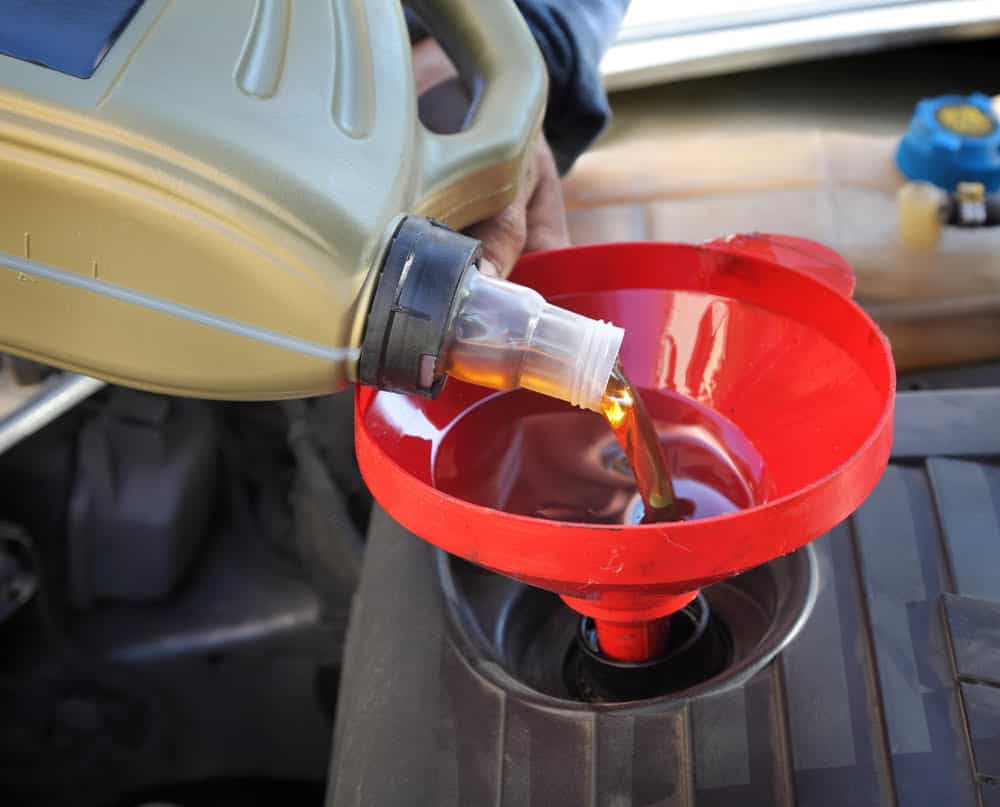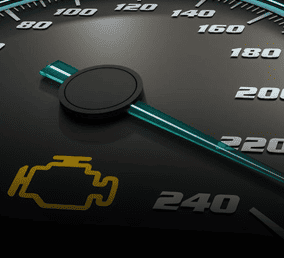In the bustling city of Winston-Salem, NC, where life moves at a fast pace, ensuring your vehicle is well-maintained is essential. Among the various services your car requires, one of the most crucial is regular oil changes. At Cloverdale Auto, we understand the significance of this routine maintenance task in keeping your engine running smoothly and efficiently.
Understanding the Role of Engine Oil
Before delving into the importance of regular oil changes, let’s briefly explore the role engine oil plays in your vehicle’s performance. Engine oil serves as a lubricant, reducing friction between moving parts within the engine. Additionally, it helps to cool the engine by dissipating heat and prevents the buildup of harmful deposits and contaminants. Over time, however, engine oil degrades, losing its effectiveness and putting your engine at risk.
Preventing Engine Wear and Tear
One of the primary reasons for adhering to a regular oil change schedule is to prevent excessive wear and tear on your engine. As engine oil ages, it becomes less efficient at lubricating the various components, leading to increased friction and heat. This can result in accelerated wear on critical engine parts, such as pistons, bearings, and camshafts. Over time, this wear can lead to costly repairs and a decrease in engine performance.
Maintaining Engine Efficiency
In addition to preventing wear and tear, regular oil changes also help maintain engine efficiency. Clean, fresh oil allows the engine to operate smoothly, ensuring optimal performance and fuel efficiency. On the other hand, old, dirty oil can cause the engine to work harder, leading to decreased fuel economy and increased emissions. By staying up-to-date with oil changes, you can ensure that your vehicle operates at peak efficiency, saving you money on fuel costs in the long run.
Extending Engine Life
By investing in regular oil changes, you’re not only protecting your engine in the short term but also extending its lifespan in the long term. A well-lubricated engine experiences less wear and operates more smoothly, reducing the likelihood of major mechanical issues down the road. With proper maintenance, your engine can continue to perform reliably for years to come, allowing you to get the most out of your vehicle investment.
Ensuring Warranty Compliance
For those with newer vehicles still under warranty, adhering to the manufacturer’s recommended oil change schedule is essential to maintain warranty coverage. Failure to follow the prescribed maintenance intervals could void your warranty, leaving you responsible for any repair costs that may arise. By keeping detailed records of your oil changes and servicing your vehicle at reputable establishments like Cloverdale Auto, you can rest assured knowing that your warranty remains intact.
Choosing Cloverdale Auto for Your Oil Change Needs
When it comes to oil change services in Winston-Salem, NC, Cloverdale Auto stands out as a trusted provider of reliable automotive maintenance. Our team of experienced technicians is dedicated to keeping your vehicle running smoothly and efficiently. Here’s why you should choose us for your oil change needs:
- Expertise: Our technicians are highly trained and knowledgeable in all aspects of automotive maintenance, ensuring that your oil change is performed to the highest standards.
- Quality Products: We use only the highest quality engine oils and filters, ensuring optimal performance and protection for your engine.
- Convenience: With our convenient location and flexible scheduling options, getting your oil changed has never been easier. We strive to minimize downtime and inconvenience for our valued customers.
- Customer Satisfaction: At Cloverdale Auto, customer satisfaction is our top priority. We go above and beyond to ensure that every customer is satisfied with our services.
Signs Your Vehicle Needs an Oil Change
While adhering to a routine oil change schedule is important, it’s also essential to recognize the signs that your vehicle may need an oil change sooner than expected. Some common indicators include:
- Dashboard Warning Light: Many modern vehicles are equipped with a dashboard warning light that illuminates when it’s time for an oil change. If you see this light, don’t ignore it—schedule an oil change as soon as possible.
- Dark, Dirty Oil: Checking your engine oil regularly can provide valuable insight into its condition. If the oil appears dark and gritty, it’s likely overdue for a change.
- Engine Noise: A lack of proper lubrication can cause increased engine noise, such as knocking or ticking sounds. If you notice unusual noises coming from your engine, it could be a sign that the oil needs to be changed.
- Decreased Performance: Old, dirty oil can impede engine performance, leading to sluggish acceleration and reduced power. If you experience a noticeable decrease in performance, it may be time for an oil change.
- Excessive Oil Consumption: If you find yourself frequently adding oil to your engine between oil changes, it could indicate a leak or burning oil, both of which warrant immediate attention.
Trust Cloverdale Auto for Your Oil Change Needs
Regular oil changes are a fundamental aspect of vehicle maintenance that should not be overlooked. By keeping your engine properly lubricated with clean, fresh oil, you can prevent premature wear and tear, maintain optimal performance, and prolong the life of your vehicle. When it comes to oil change services in Winston-Salem, NC, Cloverdale Auto is your go-to destination for reliable automotive maintenance.
With our team of experienced technicians, commitment to quality, and dedication to customer satisfaction, we’re proud to be your trusted partner in keeping your vehicle running smoothly and efficiently. Schedule your oil change with Cloverdale Auto today and experience the difference for yourself. Your engine—and your wallet—will thank you.









